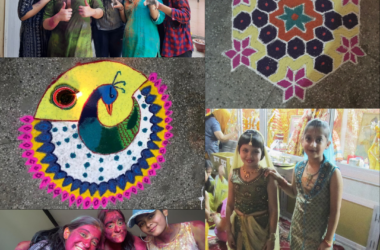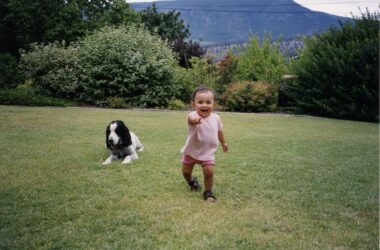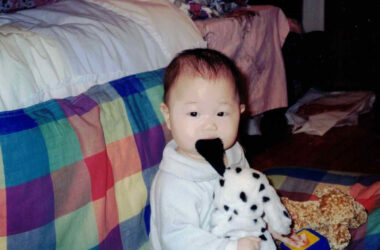When I was eight years old, I got the first hit of my competitive softball career. I don’t remember where I hit the ball to, but I remember standing tall on second base, feeling shock, pride, and pure happiness: An exhilarating combination.
Hits came more regularly after that. I spent nine summers playing competitive softball, working my way up from small, backyard tournaments in the San Francisco Bay Area to showcases with over 100 teams. Softball was my entire life during the summer, and I would not have had it any other way. Years later, I’m still benefitting from the lessons the game taught me about competition, grit, and even art.
My life was consumed by other sports during the off-season. There was soccer and cross-country in the fall, more soccer in the winter, and swimming in the spring. No matter the season, I was always playing a sport. I enjoyed some of them more than others, but I was always happy, and I readily accepted my identity as the ‘sports girl.’ I always feared falling into the dumb sports jock trope, though. My perception of identity was molded by pop culture: The music kids were geeky, the nerdy kids were boring, and the sports kids were dumb. My aptitude in math allowed me to escape labels typically attributed to other athletes. So, I was the smart sports girl. But even this label didn’t encompass all of my interests.
I was missing a creative side. In my mind, neither athletes nor mathletes could be artistic, and I went on believing that I would never be an ‘art person.’ I focused on doing well in what I knew I could do: Softball.
Sydney Hersh was the best pitcher on our team. Throughout my first summer of competitive ball, I begged her dad to teach me how to pitch. When he finally agreed, I soaked in everything he told me and practiced all year. By the next summer, I was the ace of my ten-and-under team.
Pitching was an incredible learning experience. The countless hours I spent practicing in the bullpen, the long innings in the grueling desert heat, and every moment in between taught me something. There were obvious lessons like teamwork, discipline, and work ethic. But, pitching threw some curveballs, too.
I had four pitches in my repertoire: The fastball, changeup, curveball, and drop ball. I worked with different coaches over my nine years as a pitcher, adjusting my form, grip, and motion for each of my pitches. With time, I started to feel attached to them; they were uniquely mine, like an artist’s creations. All of a sudden, in the midst of the dirt and the sweat, I, the sports girl-slash-math kid, was creating art.
I had always held such a rigid idea of what I was and wasn’t supposed to like. At last, there was an intersection between what I thought I couldn’t do and what I knew I loved to do. I stopped thinking of my interests as siloed parts of my life. I didn’t have to turn off my math brain on my way to softball practice or leave my identity as an athlete behind when I walked into a classroom. And, I definitely didn’t have to live my life believing that I couldn’t be creative.









